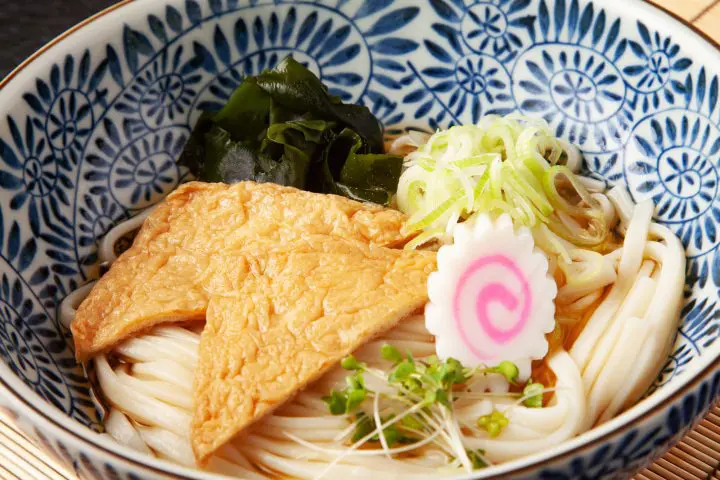Inari Shrines - Japanese Encyclopedia

An Inari Shrine is dedicated to worshiping Inari, the Shinto deity of harvest and rice. Typically, you'll find mysterious fox statues in front of the entrance and a tunnel of vermillion torii gates throughout the sacred site. Why do shrines prominently feature these cunning creatures?
Inari Shrines in Japan: Dedicated to the Deity of Crops

Motonosumi Inari Shrine in Yamaguchi. Photo by Pixta
Since ancient times, rice cultivation has been a fundamental element of life in Japan. Therefore, people would gather and pray to the gods for a good harvest.
In Japanese mythology, the deity of rice and harvest was called Ukanomitama-no-kami, who is enshrined at Inari shrines. In fact, Inari shrines make up the majority of Shinto shrines in Japan, with about 32,000 sites of worship found nationwide.
Since Inari shrines are widespread and well-loved, the Japanese often refer to this sacred site as "O-Inari-san" or "O-kitsune-san" ("kitsune" meaning "fox").
What's the Connection With Inari Shrines and Foxes?

Shozoku Inari Shrine in Oji, Tokyo. Photo by Pixta
Why are Inari shrines fondly called "O-kitsune-san"? According to legend, foxes often appeared near mountain villages and were believed to be the divine messengers of Ukanomitama-no-kami.
Moreover, it is said that the villagers were grateful to the foxes that preyed upon grain-eating mice. To express their gratitude, fox statues are often found inside or near main temple buildings. Although not considered a god, this sacred animal is believed to be a divine messenger of the deities.

Another long-standing belief is that the favorite food of foxes is abura-age (thinly sliced deep-fried tofu). At Inari shrines, it's customary for people to make offerings of this dish to these divine foxes.
Other offerings include Inari-zushi (deep-fried tofu stuffed with rice) and kitsune udon (udon noodles topped with an abura-age).
Experience a Different Dimension at Fushimi Inari Taisha


Photos by Pixta
Fushimi Inari Taisha, located in the Fushimi Ward of Kyoto, is the head shrine among all of the Inari shrines in Japan. The Senbon torii, which translates to "thousands of shrine gates," is a path lined with vermillion torii (Shinto shrine gates) spanning four kilometers from the foot of Mount Inari. In fact, this is the most popular sightseeing spot in Kyoto for visitors.
Fushimi Inari Taisha holds its annual Inari Matsuri Festival—the biggest event held here—on the Sunday closest to April 20 until May 5. Five of the largest and heaviest mikoshi (portable shrine) in all of Japan are carried by crowds of men during this incredible festival.
Read also
Main image: Yutoku Inari Shrine in Saga.
All pictures from Pixta
This is the official account of MATCHA's editorial department. Our articles feature useful travel information for visitors to Japan, from how-to guides to recommended places to visit.

































![[2026] Family Winter Trip to Suzuka Circuit! – For Both Day trips and Overnight Stays!](https://resources.matcha-jp.com/resize/720x2000/2025/12/26-254097.webp)
![[Northern Okinawa] 4 Recommended Cosmos Fields in Okinawa | Sunflowers and Cherry Blossoms in the Same Season!](https://resources.matcha-jp.com/resize/720x2000/2024/08/12-192028.webp)


